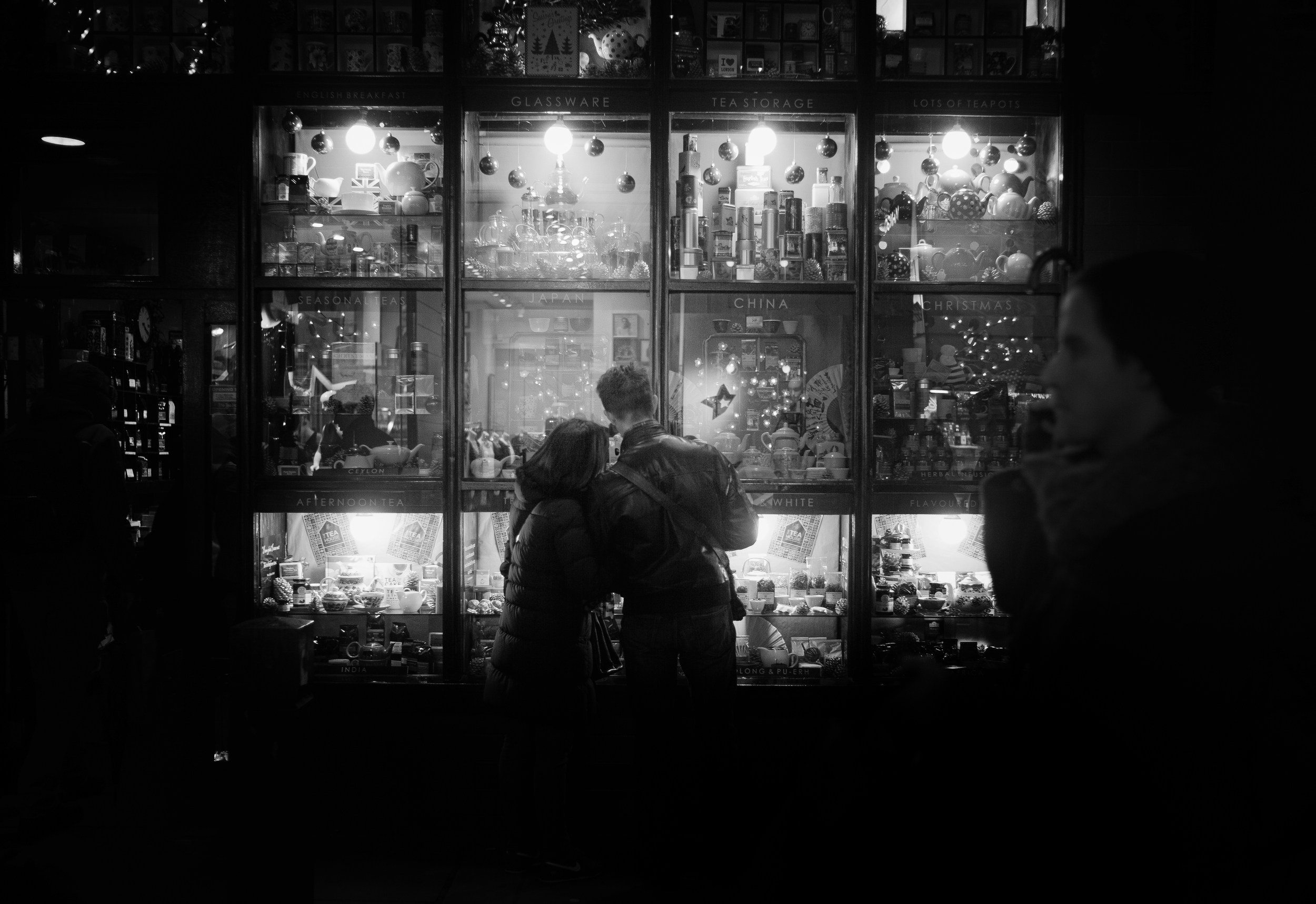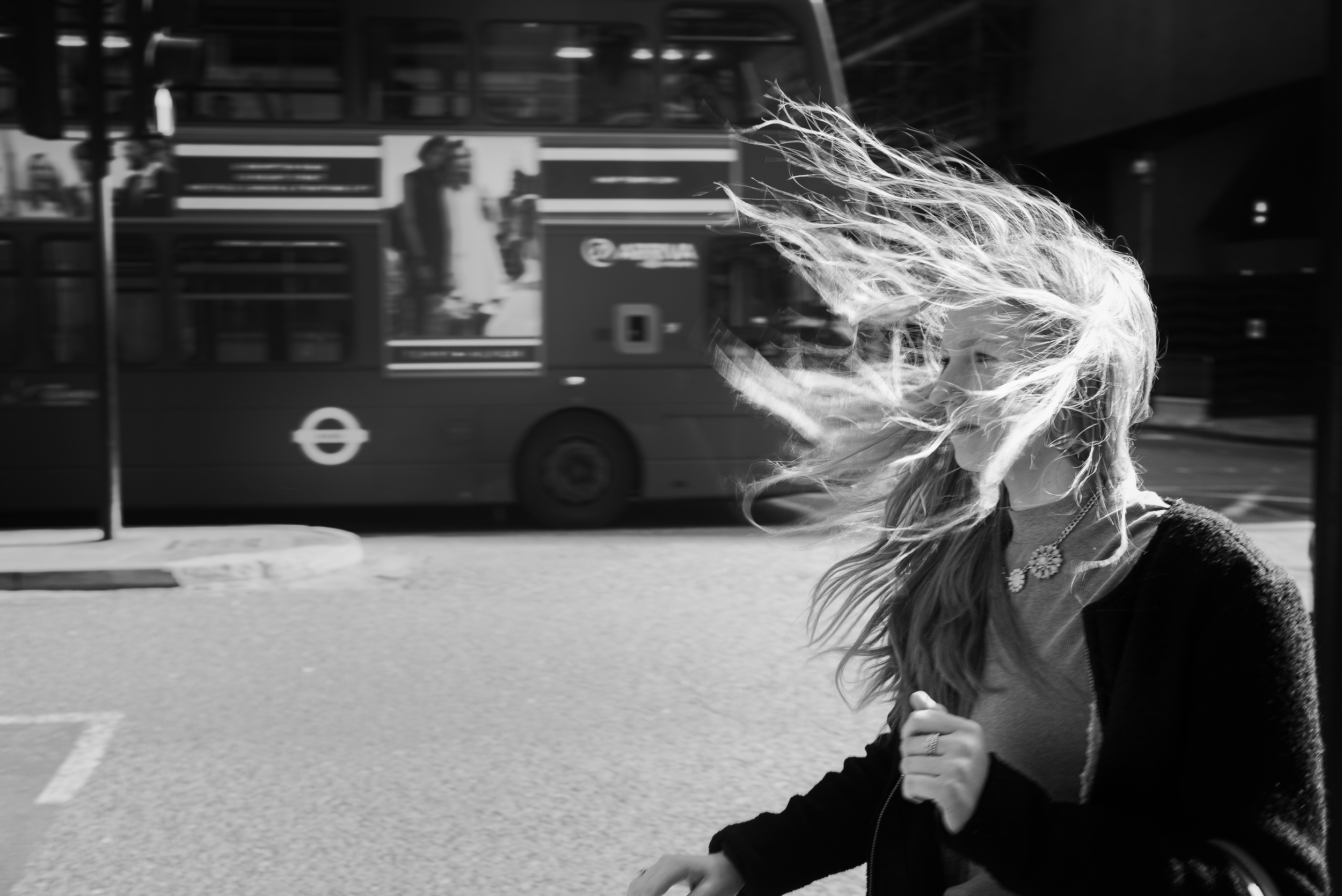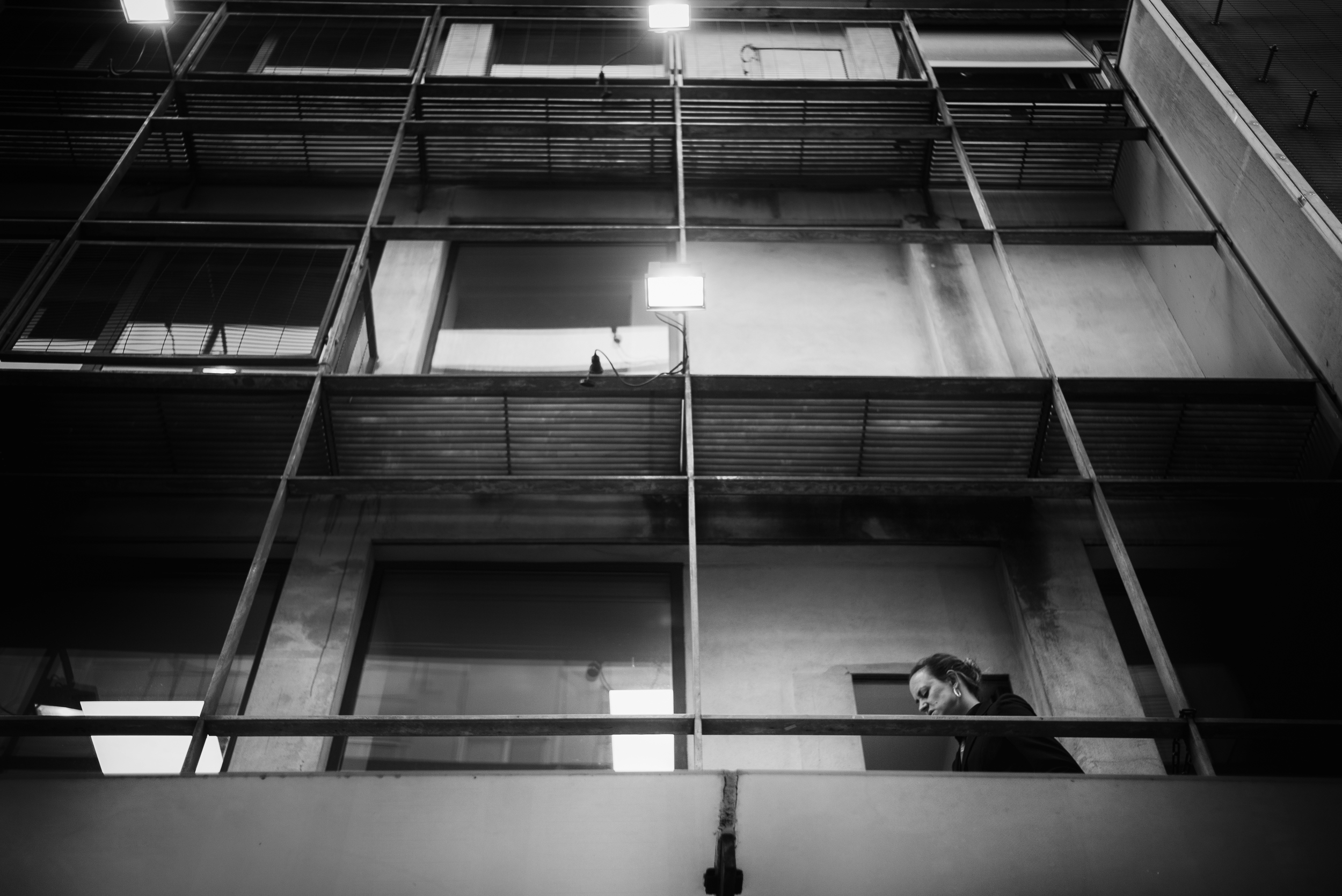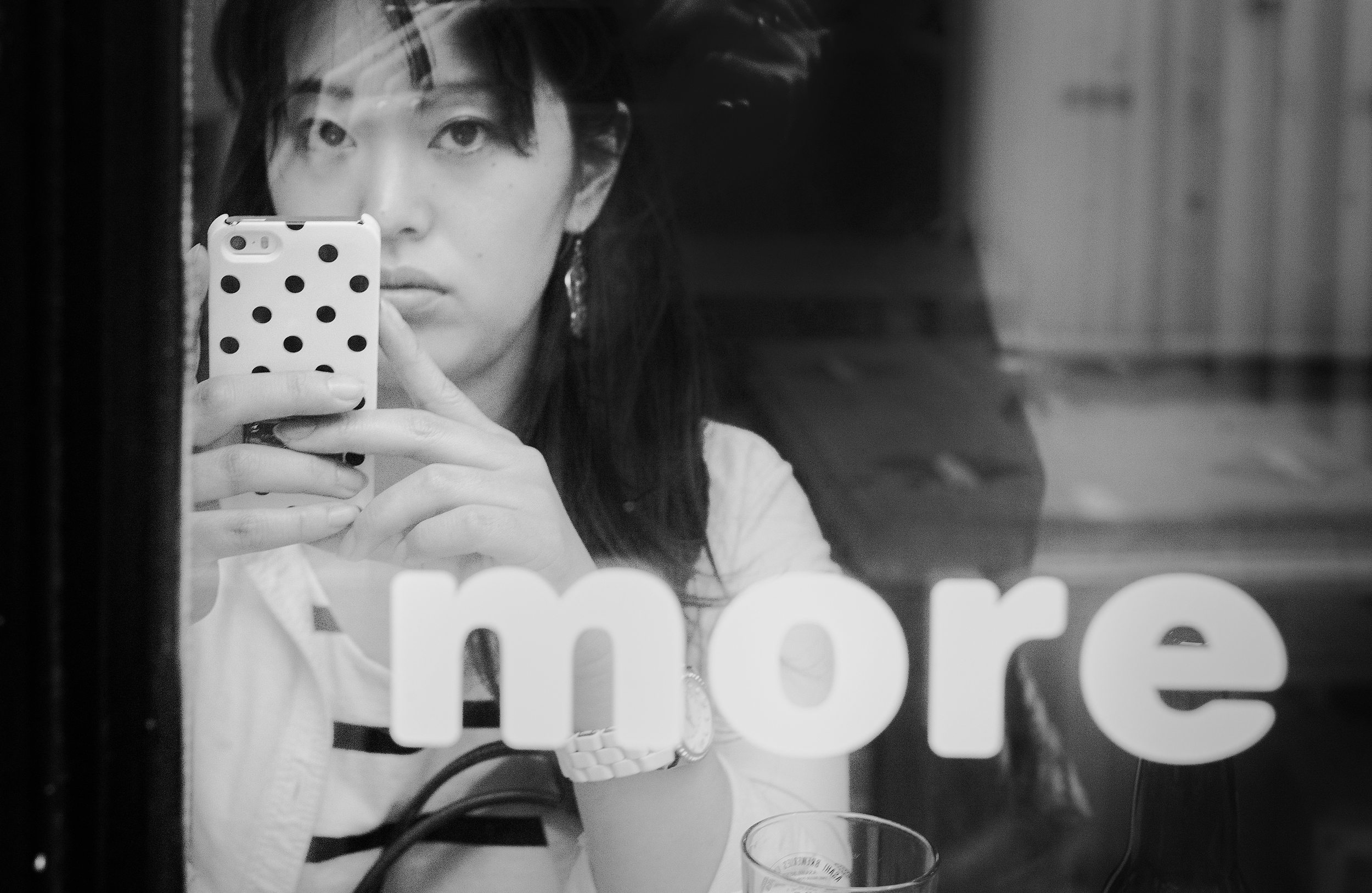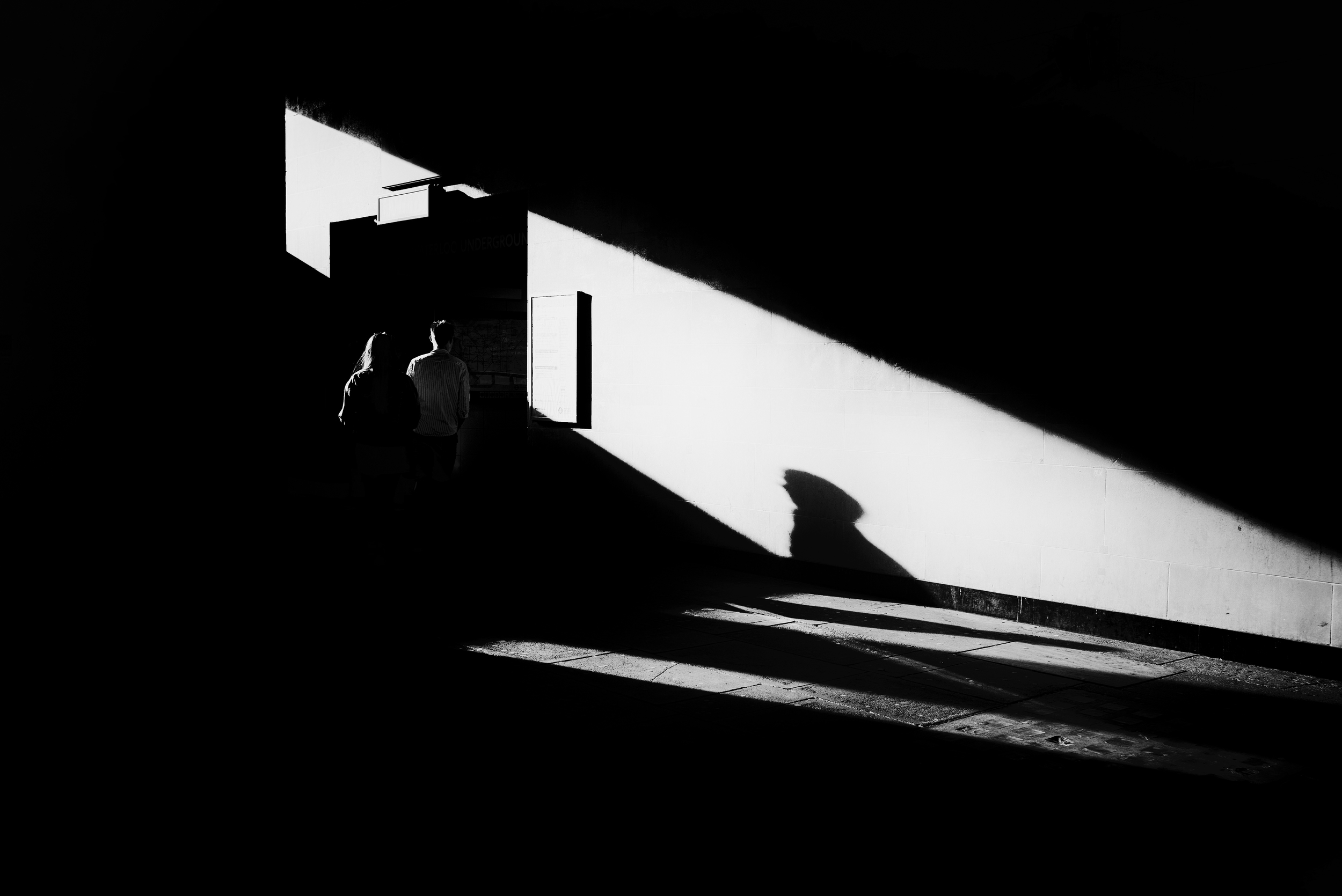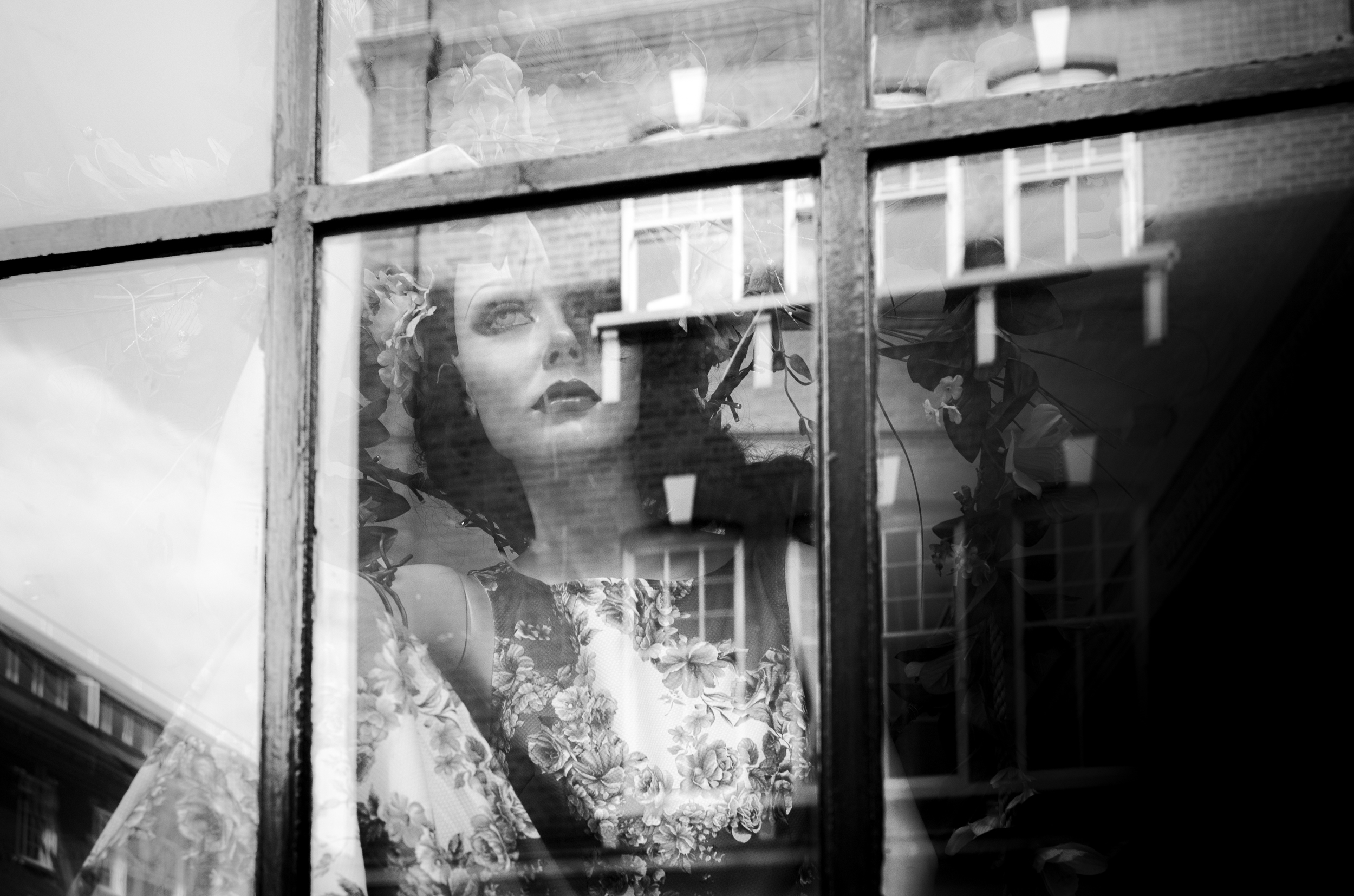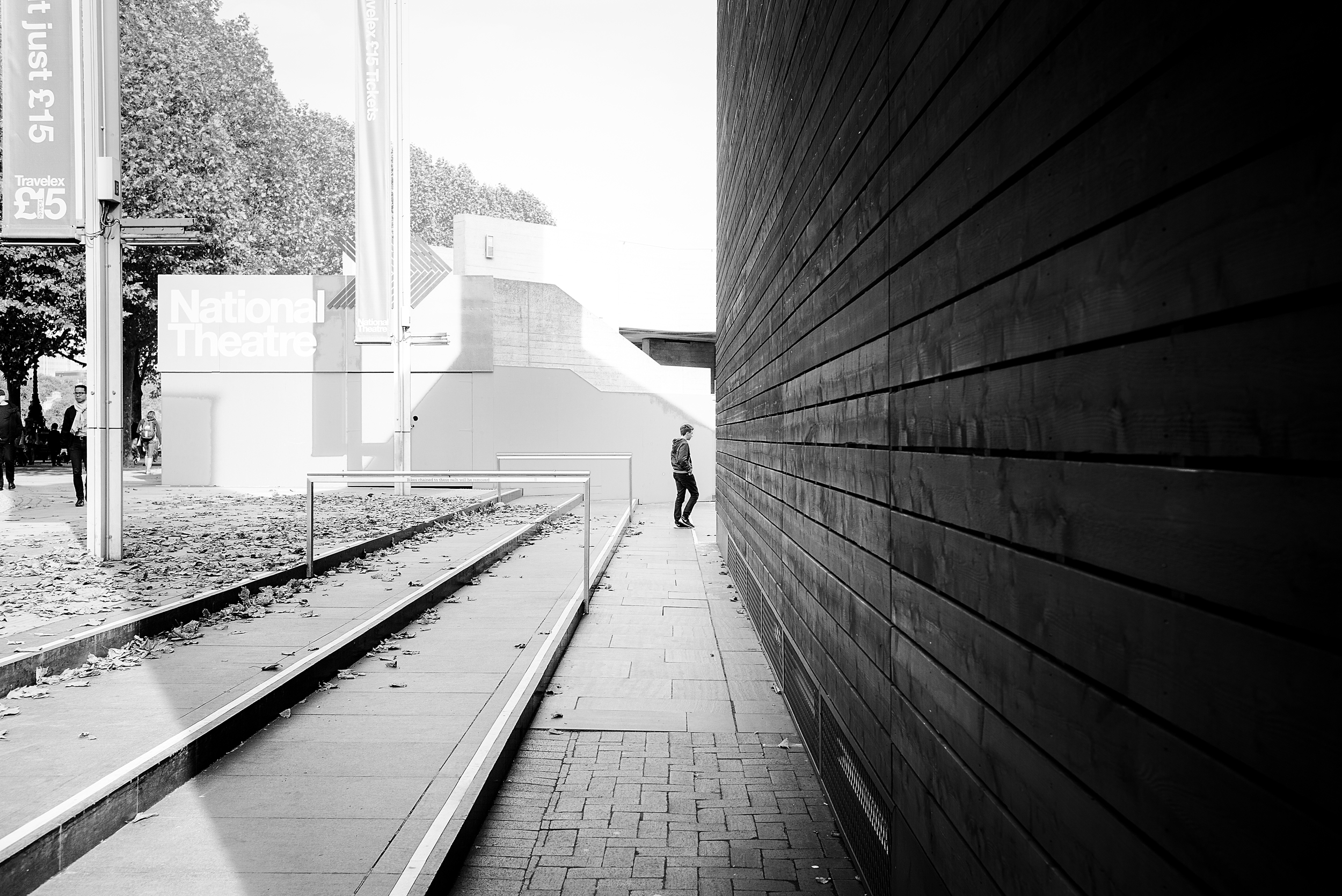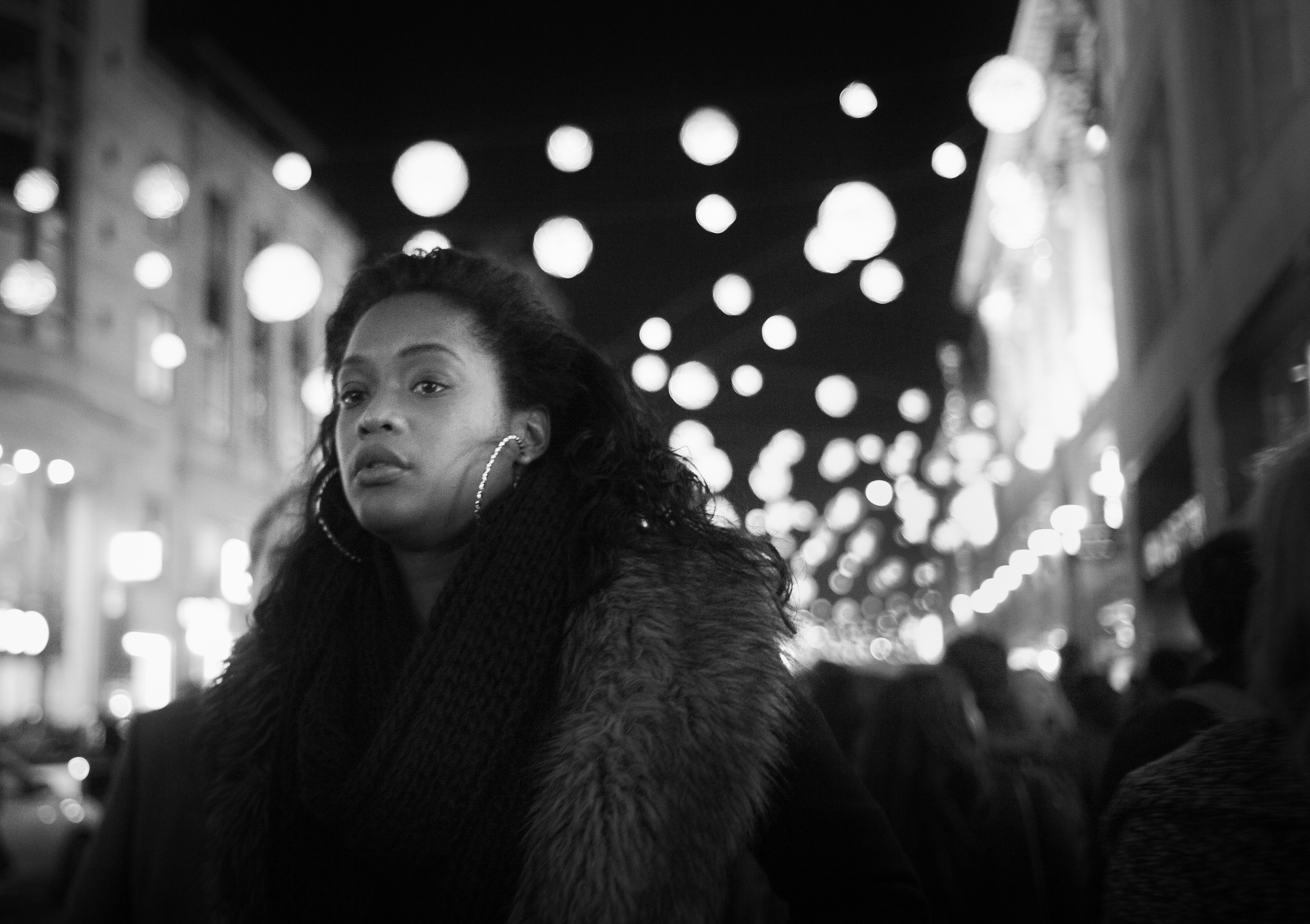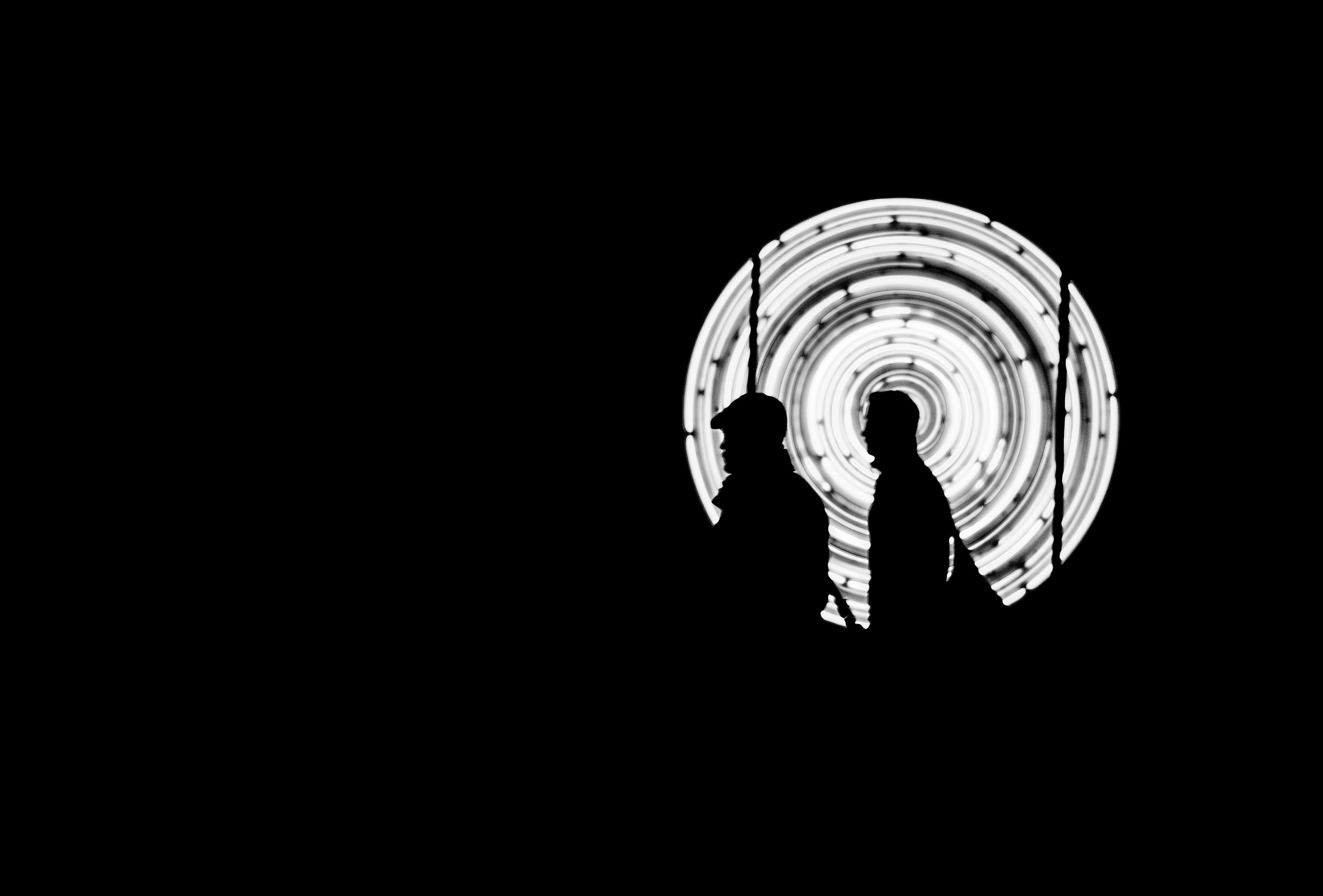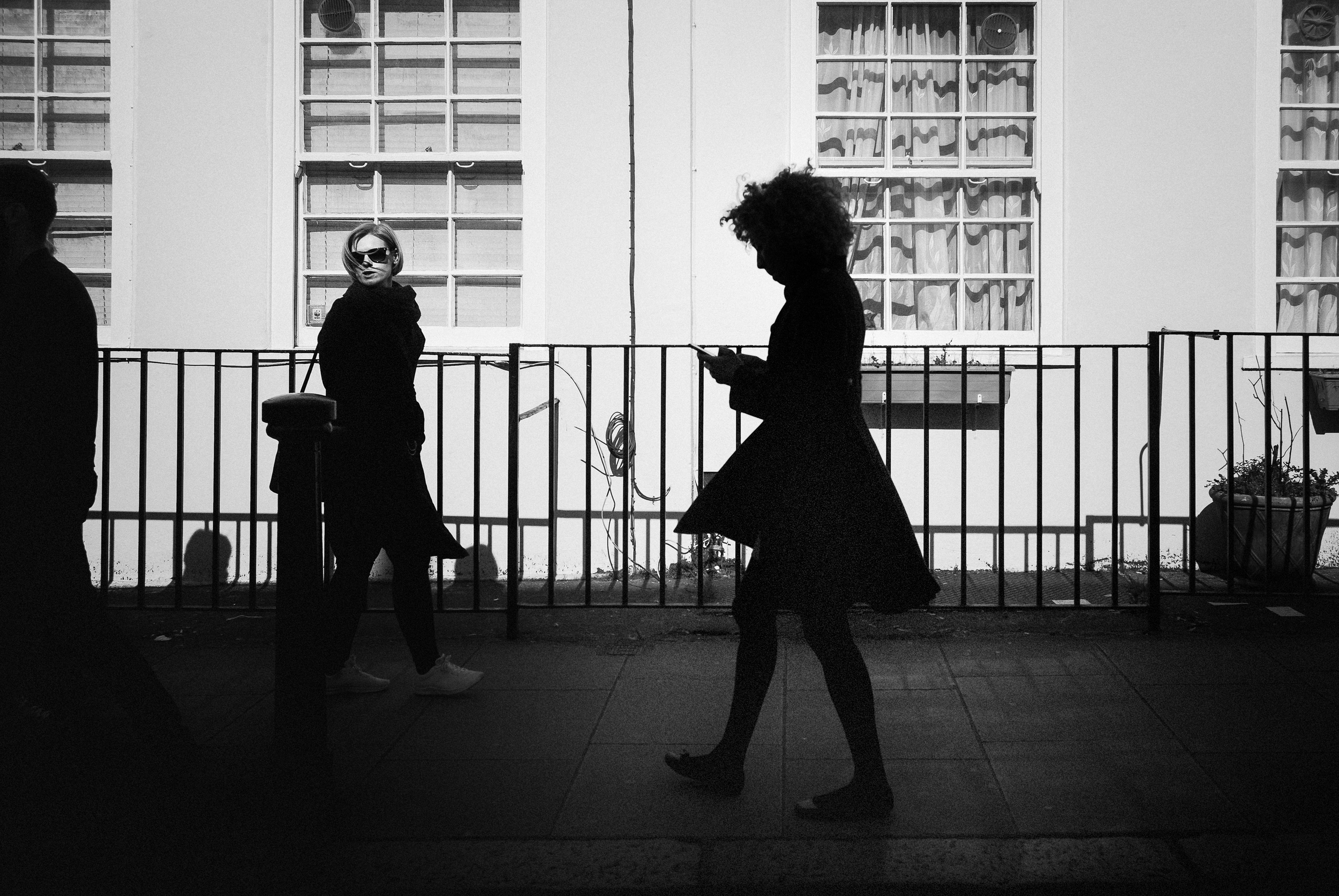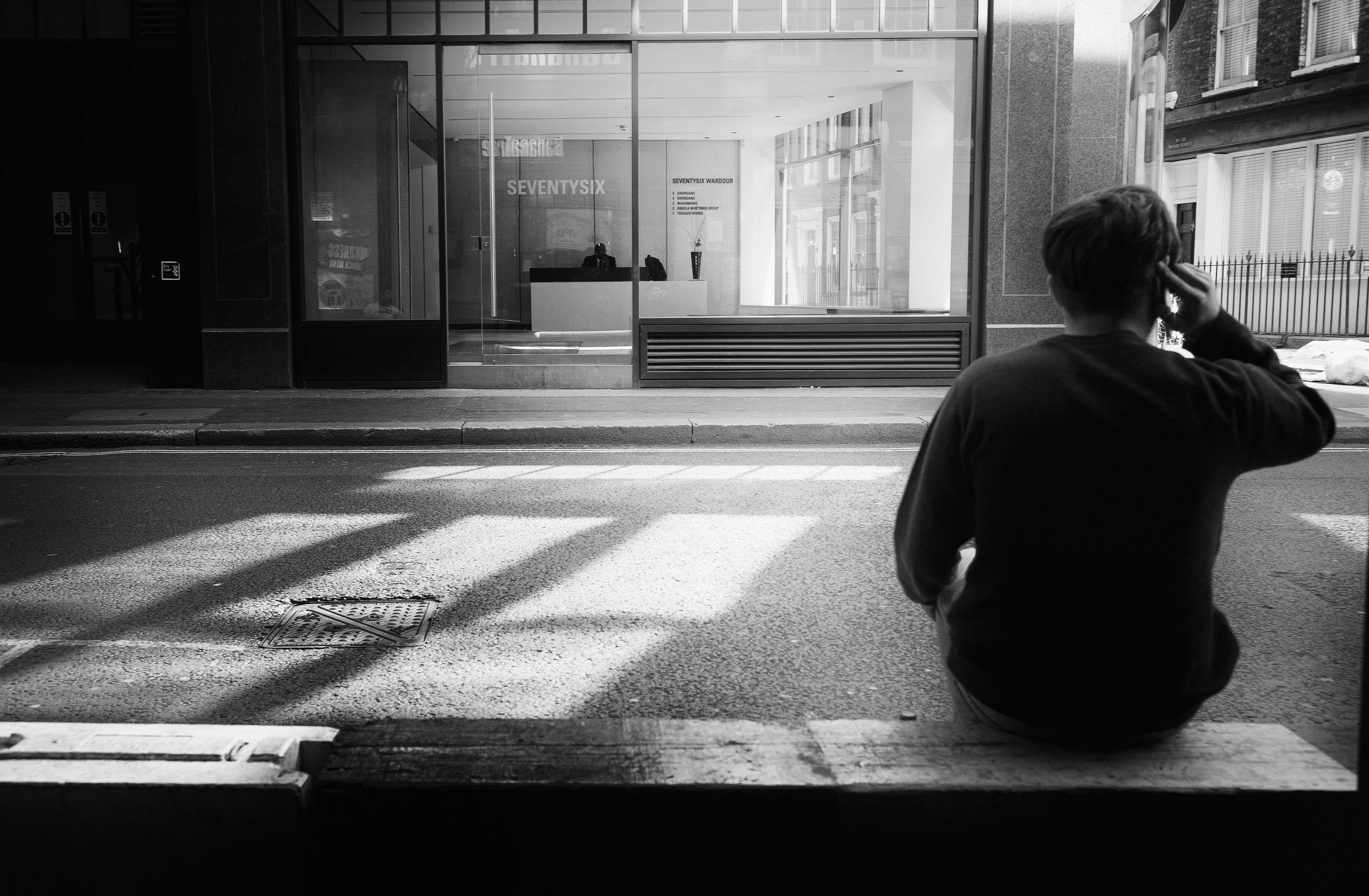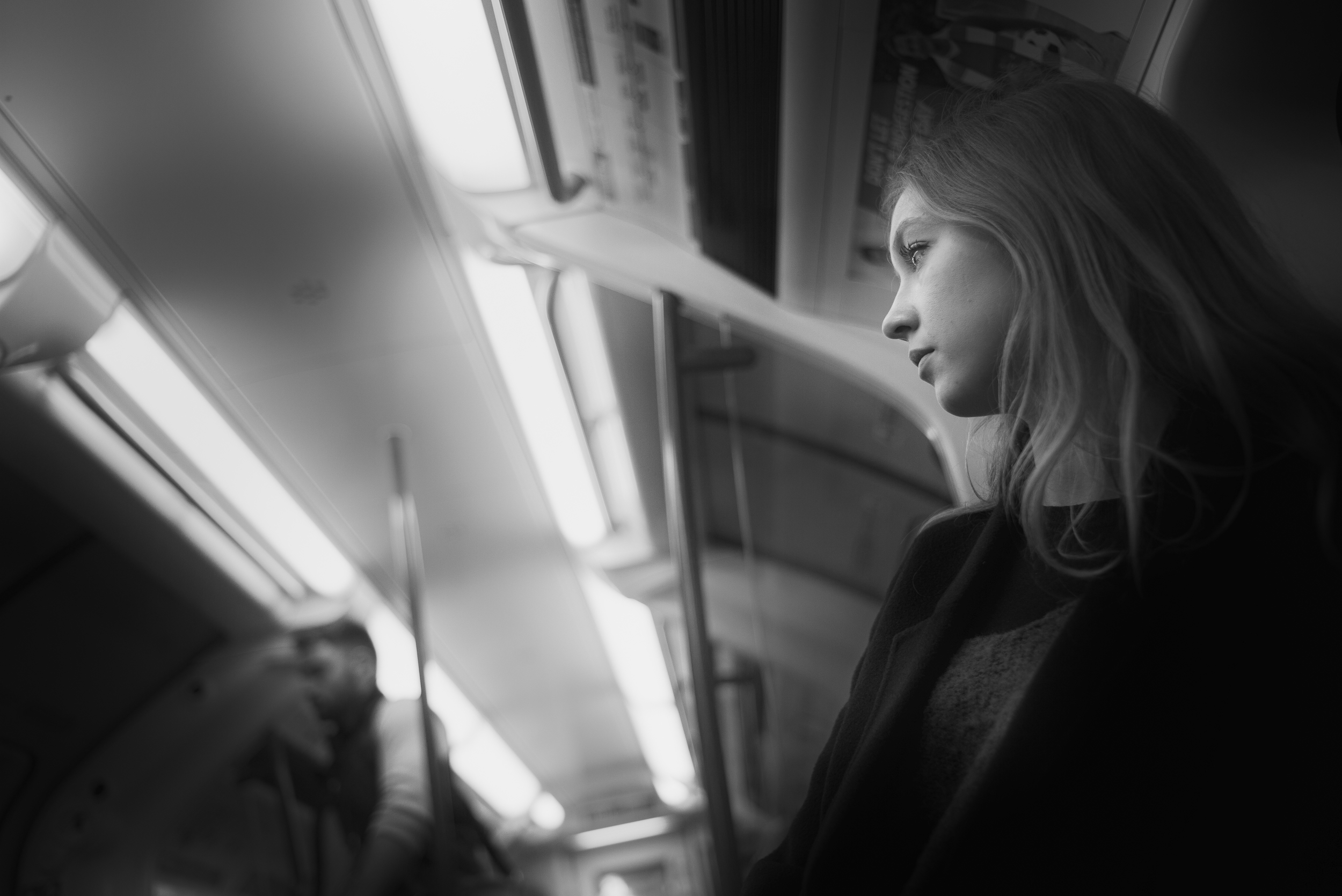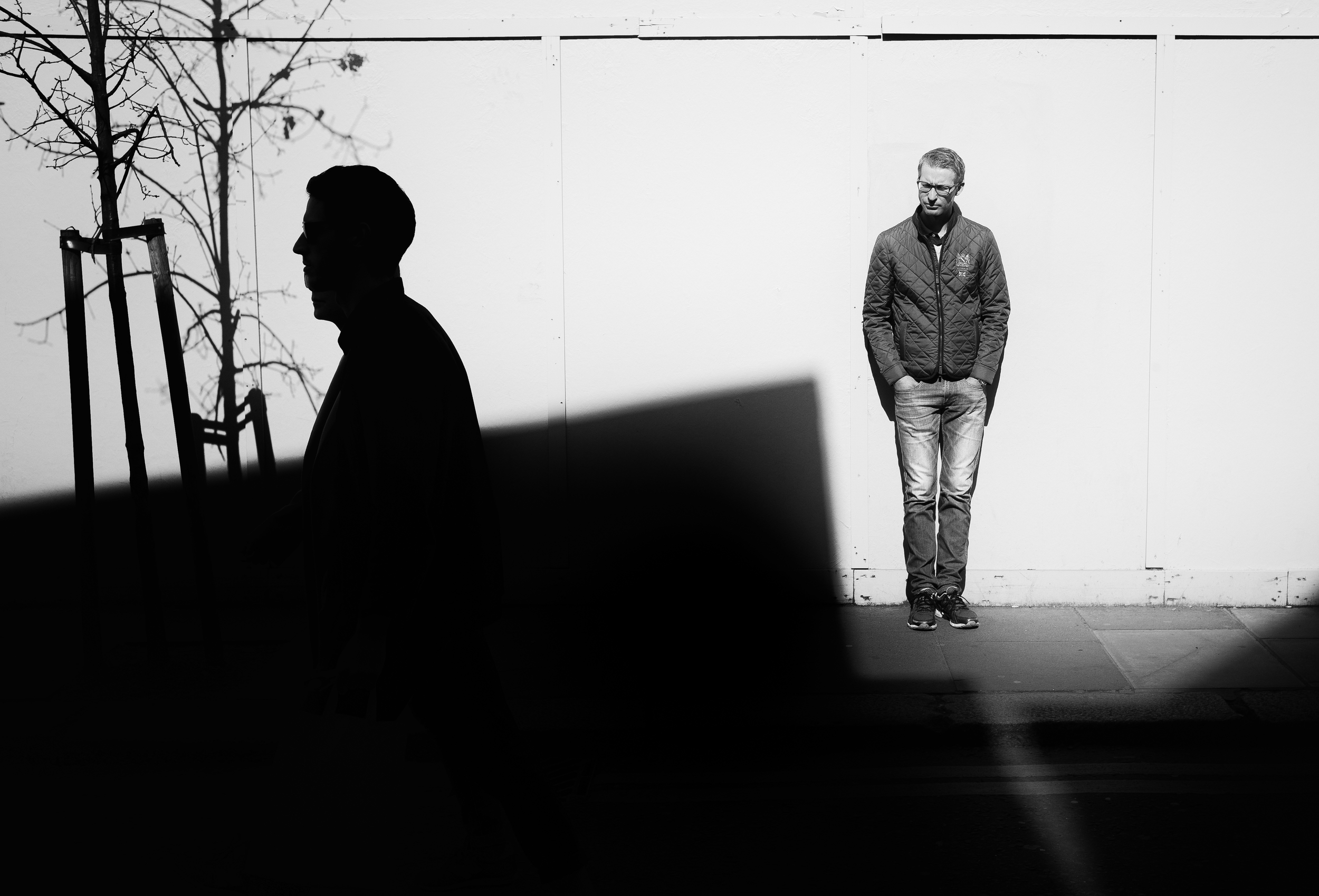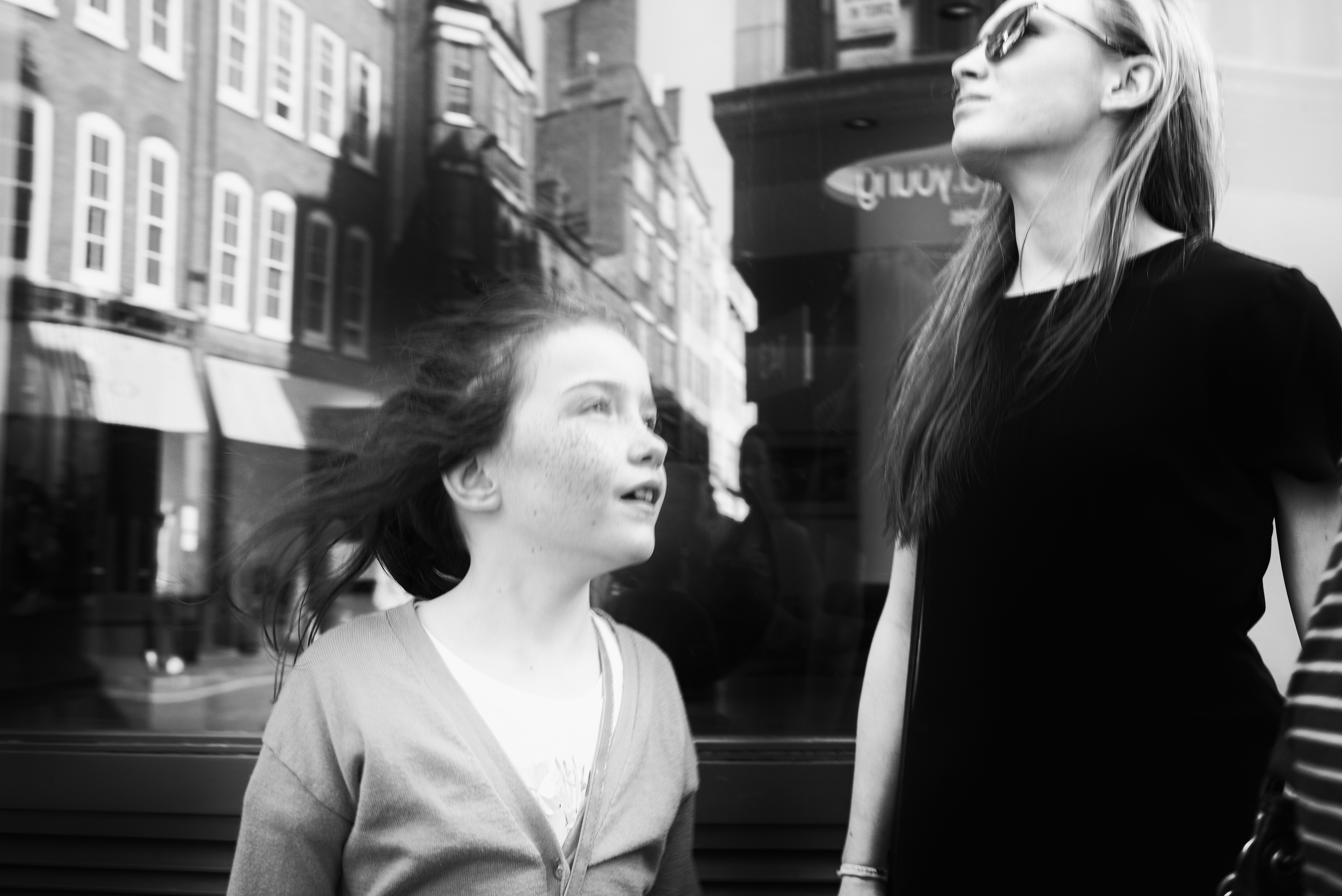I am pleased to announce my first London workshop on Saturday, October 24rd, which will focus on storytelling in street photography. Read below to find out more about this exciting opportunity to take your street photography skills to the next level!
---------------------------------------------------------
When: Oct 24rd, 10am to 4.30pm [+ Google Hangout Critique session one week later]
Instructor: Marie Laigneau
Description: Learn to see differently and capture impactful street images with this full-day workshop led by Marie Laigneau, London-based street photographer.
· We will start the day with a short talk and Q&A session in a cozy coffee place, before heading down to the wonderful streets of Soho for a full day of practice and learning. During this photowalk, we will break up into small groups and I will provide one-on-one guidance and advice to each student along the way. We will end the day discussing our experience and learnings around a drink for those who wish to join.
· One week later, we will meet virtually through Google Hangout for a group critique & feedback session lasting 1.5 hour. Each student will be asked to make a selection of their best images for editing and critique. As a group, we will then review individual images, discussing key strengths and potential areas of improvement.
This workshop is limited to 8 participants. Total costs per participant: £110
To register, please send an email to Marie Laigneau (marie.laigneau@gmail.com)


